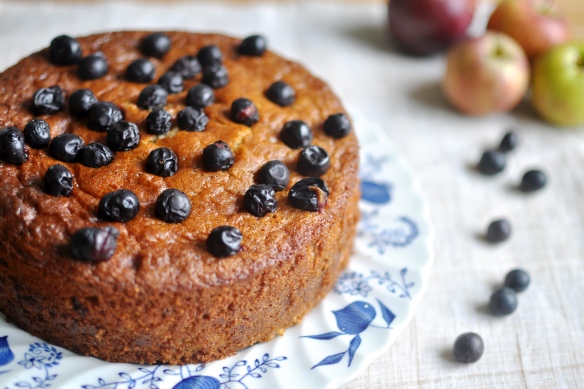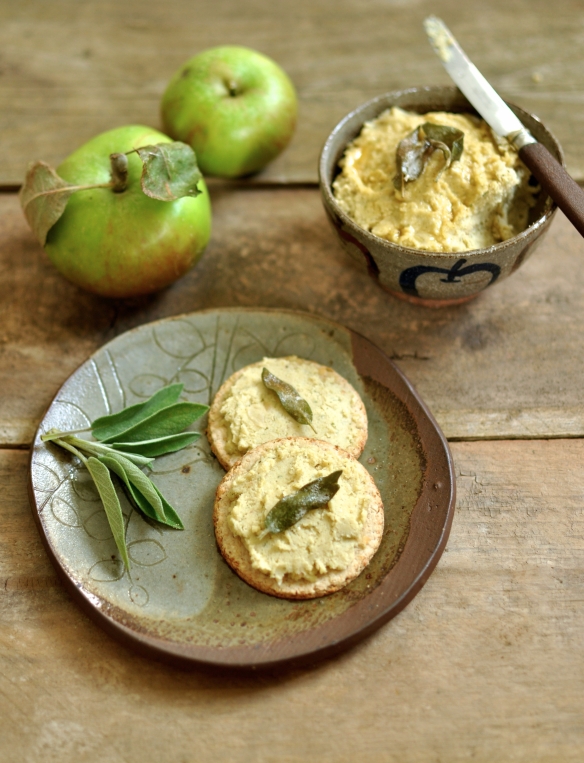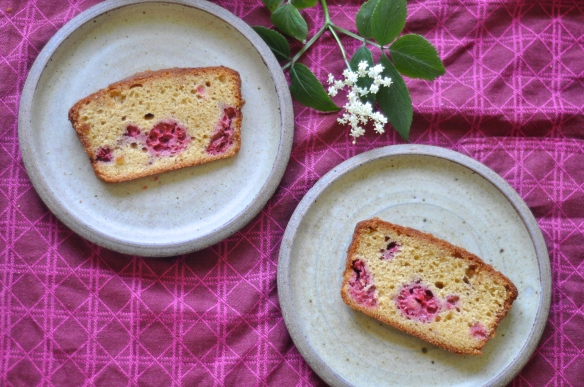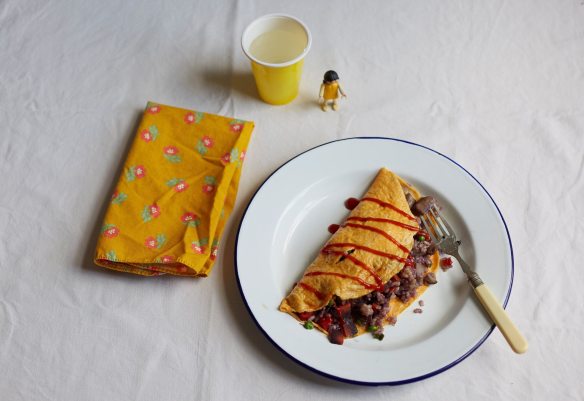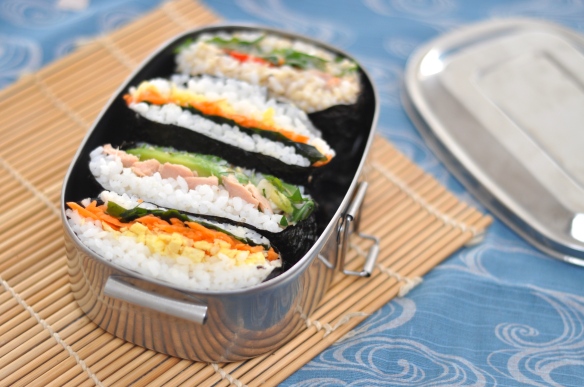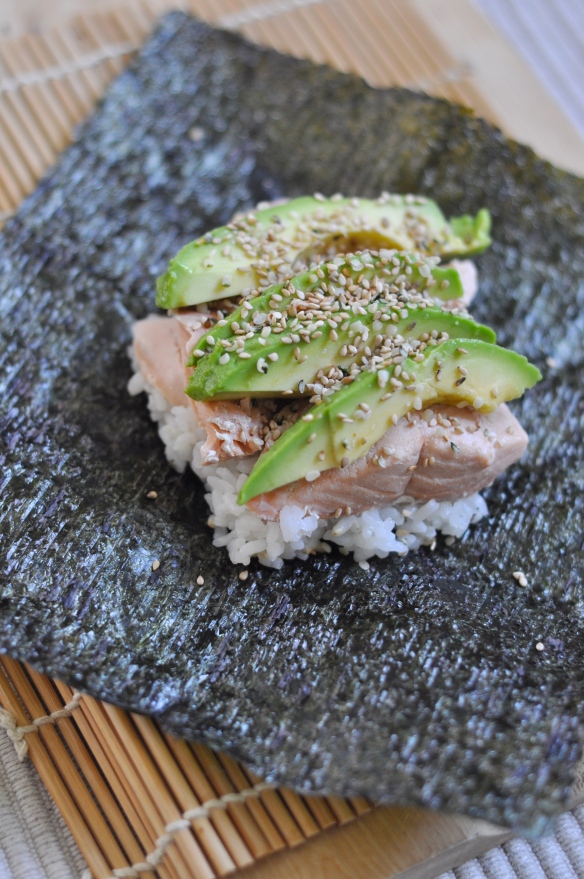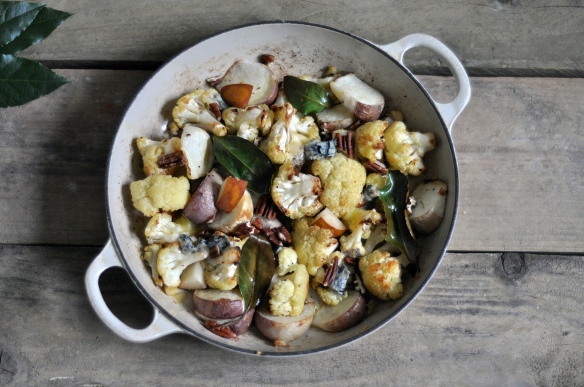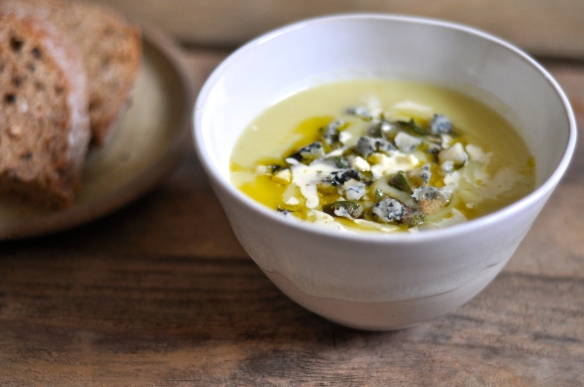I’ve called this a risotto but it’s probably more like a warm salad. Groats are the whole oat grain containing the germ and bran similar to wheat or spelt berries. Once cooked they have a satisfying chewy consistency. If you can, it’s best to soak the groats for several hours or overnight before cooking (don’t worry if not, although you might need to cook for an extra 5 minutes or so). I’m using groats grown just a few miles away produced by Grown In Totnes, otherwise, Hodmedods also sell them nationally.
I usually make this with spinach and garlic, but as we’re in mid wild garlic season here I’ve used that instead. (Wild garlic is definitely delayed this year by the unexpected snow we’ve had, the flowers aren’t even out yet in April!)
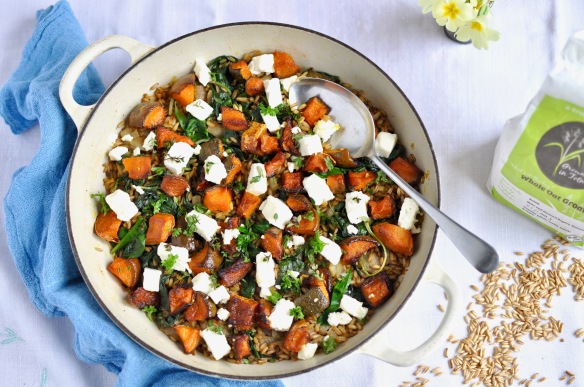
Ingredients
- 1/2 medium squash (kabocha, crown prince or butternut)
- olive oil
- 1 onion, diced
- 200g oat groats, rinsed
- vegetable stock or water
- A couple of handfuls of wild garlic, well washed
- 100g feta
Method
- Pre-heat the oven to 180C
- Scrub the squash, then cut into bite-sized chunks. No need to peel.
- Place in a baking tray, drizzle a generous amount of olive oil, season with salt and pepper and mix. Bake for around 20 minutes until soft.
- In a large pan heat some olive oil and gently fry the onion until nice and soft, 5-10 minutes is good.
- Add the groats, coat in the onion and oil. Cover with vegetable stock and cook over a medium heat until soft, it will take about 20 minutes. The stock should mostly be absorbed.
- Turn off the heat. Add the wild garlic and mix to wilt. Scatter over the roasted squash and dot with feta. You can put back in the oven for 5 minutes to warm through, or even better pop under the grill to lightly brown the feta.
A bit more…..
- As the basic recipe is cooking the groats in stock like a risotto, you can add any vegetable or meat that you have to hand
- Use chicken stock or add a splash of wine, even finish with cream if you like!
- Leek and celery are good instead of or as well as onion
- Replace the squash with roasted garlicky fennel, season with thyme and lemon zest
- Use a locally produced soft goats or sheep’s cheese instead of feta
- Any greens can be used, sturdier leaves such as kale may need a little cooking
- Some lardons can be a good addition to the mix for non-veggies
- Vegans can replace the feta with some capers and toasted nuts

